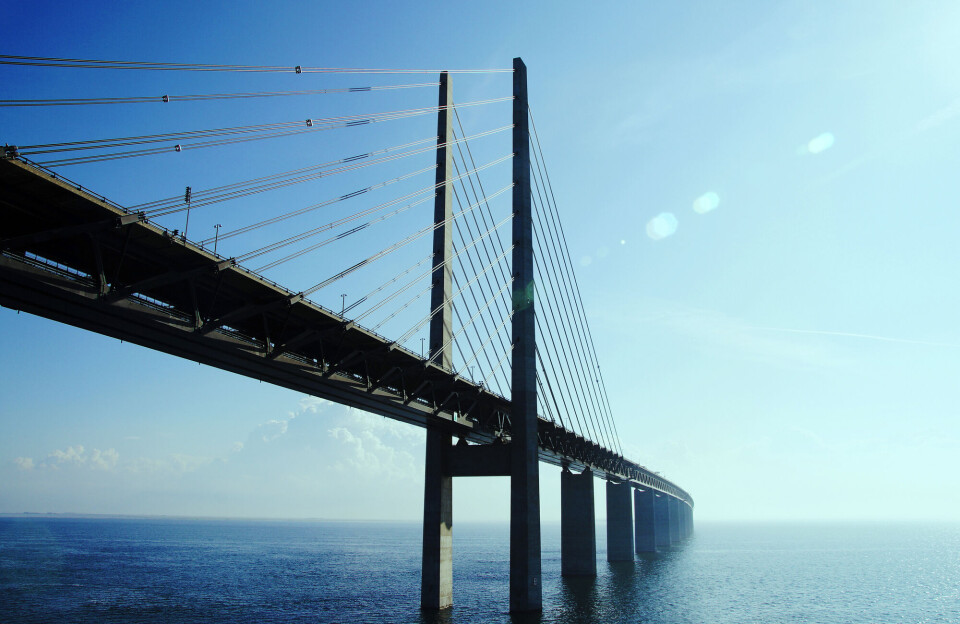
COVID-19 triggered the most severe economic crisis ever in the Nordic countries – but also the shortest
Researchers have studied the success of the Nordic countries in their economic management of the crisis.
Norway, Sweden, Denmark, Finland and Iceland are special countries.
These are societies where the trust level between people is high. People are also good at collaborating with each other.
These factors make it easier for people to get through a deep crisis, and we witnessed this during the coronavirus pandemic, concludes a group of Nordic economists.
The widespread use of digital tools made the COVID-19 crisis easier to deal with in the Nordic region as well.
Economic policy worked well
Nordregio is a research institute that is affiliated with the EU's statistical agency Eurostat. Nordregio asked a group of economic and social science researchers to take a closer look at how Norway, Sweden, Finland, Denmark and Iceland coped during the COVID crisis.
“The countries’ main shared characteristic is that their economic policy during the coronavirus pandemic worked well,” Steinar Holden says.
Holden is a professor in the Department of Economics at the University of Oslo (UiO) and one of the researchers behind Nordregio's new studies on the pandemic.
Powerful tools
“Powerful measures were used to mitigate the negative economic effects of the pandemic and the shutting down of society.”
“Now we can see how the measures prevented lasting negative consequences,” Holden says.
He adds that some things could certainly have been done differently. But the big picture indicates that economic policy in the Nordic countries worked well during the pandemic.

Social safety net
Trust between people and effective collaboration skills were helpful in getting through the coronavirus crisis. So were the authorities' policies in implementing comprehensive and costly financial measures in the Nordic countries.
In addition, people and businesses coped remarkably well with the transition to working from home, thanks in good part to the existing widespread use of computers and a lot of technological expertise in these countries.
Another important factor during the crisis in 2020 and 2021 was the social safety net that the states in the region have in place.
Institutions such as NAV (the Norwegian Labour and Welfare Administration) and similar institutions in the other Nordic countries reduce the burden on individuals in the face of serious economic crises.
Fast decline – and up again
The economic downturn was severe when the virus hit the region in the spring of 2020.
The decline is probably the strongest to be witnessed in modern times. In the European countries using the euro currency, production fell by up to 14.6 per cent.
But already in the autumn of 2020, the economies in Denmark, Finland, Norway and Sweden had recovered.
When a new wave of infections hit in the winter of 2020/2021, the damaging economic effects were not as great. Much of the Nordic economy returned to almost the same level as before the pandemic in a startlingly short time.
Only Iceland was left behind, due to the country's dependence on tourism.
Economies in sleep mode
The researchers point out that much of the economic downturn experienced during the COVID crisis was due to the shutdown of society itself.
A lot of what we do on a daily basis was put on pause, and so the economies in the Nordic countries also went into sleep mode.
A study based on card transactions in the spring of 2020 found a decline in consumer spending up to 29 per cent in Denmark and 25 per cent in Sweden.

Sweden an exception
All the Nordic countries – except Sweden – also did well in terms of health through the crisis. Sweden chose a different strategy than the other countries in the face of the pandemic. The Swedes experienced more serious COVID-related illness and death.
Researchers now see signs that Sweden – with less closure – escaped the economic crisis somewhat more readily. But only a little.
“We can see a small difference between Sweden and the other Nordic countries in the economic consequences of the pandemic. But it does not appear as if Sweden had any clear economic benefit from less stringent infection control measures,” Holden says.
Because of fewer restrictions, some sectors of the economy, such as arts and entertainment, navigated the crisis much more easily in Sweden than in the other countries.
The elderly in Sweden had to be cautious
When economists dug into the numbers from the pandemic, they discovered several interesting things.
One finding was that consumer spending in the spring of 2020 fell much less among the younger age groups in Sweden than it did in Denmark.
On the other hand, consumption fell more in Sweden than in Denmark for the older population.
Fewer infection control measures meant that younger age groups in Sweden were able to maintain their normal activities to a greater extent. On the other hand, higher infection levels led to much more cautious behaviour by the elderly in Sweden than in Denmark.
“This data provides a good picture of how differently closure measures and the varied behaviour among people also manifested themselves in different financial consequences,” Holden says.
Norway, the Nordic countries and Europe
Norway was the country impacted least severely by the economic crisis during the pandemic, according to the figures for the development of the gross domestic product.
Sweden, Finland and Denmark also came out relatively unscathed compared to other European countries.
However, the researchers point out that some industries were hit far harder than others. Tourism and entertainment were two such industries.

High cost for taxpayers
The public support schemes in the Nordic countries during the pandemic cost taxpayers dearly.
But these costs need to be weighed against what it would have cost not to implement the measures, the researchers point out.
They also point out that low foreign debt gave the Nordic governments more room to manoeuvre in implementing public support schemes, compared with governments in countries further south in Europe.
Norway also has plenty of money in its Oil Fund.
Reference:
Torben M. Andersen et.al.: Economic developments and policies during the COVID-19 crisis - Nordic experiences. Nordic Economic Policy Review, 2022.
———
Read the Norwegian version of this article at forskning.no
































